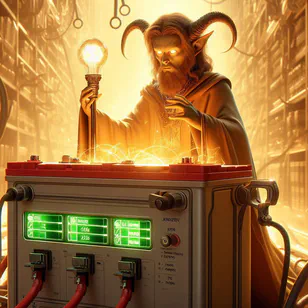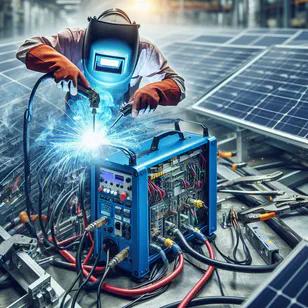Introduction
For homeowners considering a three-phase solar power system, the question often arises: Is it better to use a single three-phase inverter or three separate single-phase inverters? This article explores why opting for three single-phase inverters connected to a single battery bank or parallel-connected battery group can be an advantageous choice for many households.
Advantages of Using Three Single-Phase Inverters
1. Enhanced System Stability
One of the primary benefits of using three separate single-phase inverters is increased system stability. In a setup with a single three-phase inverter, an overload or problem on one phase can shut down the entire system. However, with three independent inverters, an issue on one phase only affects that particular inverter, leaving the other two phases operational.
2. Economic Flexibility
This setup offers greater economic flexibility. Homeowners can start with a smaller system and gradually expand by purchasing inverters one at a time, year by year. This approach allows for a more manageable investment spread over time.
3. Scalability
The three-inverter setup is highly scalable. Not only can you add inverters gradually, but you can also easily expand your battery capacity by simply connecting additional batteries in parallel. Moreover, with at least three built-in MPPT trackers (one per inverter), you have the flexibility to install solar panels facing different directions, maximizing energy capture throughout the day.
4. Potential for System Expansion
This configuration allows for step-by-step expansion of your solar panel array, inverter capacity, and battery storage. It’s an ideal solution for households looking to grow their solar power system over time.
Considerations for System Configuration
When setting up three single-phase inverters, consider whether you need them to operate in parallel (creating a high-power single-phase output) or in a three-phase configuration (with 120-degree phase shifts). For most households without three-phase appliances or extremely high power demands, three independent inverters often suffice.
Common Pitfall to Avoid
A crucial aspect often overlooked in DIY setups is ensuring that the Battery Management System (BMS) and battery capacity match the total inverter power. For instance, a recent case involved a system with three 5.6 kW single-phase inverters (16.8 kW total) paired with a 200 Ah lithium battery. While this might seem adequate, the BMS was only rated for a 100A discharge current, limiting the system to just 5 kW output.
To avoid such issues, always verify that your BMS and battery can handle the combined power of all inverters. In cases where you need more power, consider adding additional battery capacity or upgrading to a more powerful battery system .
Conclusion
Implementing a three-phase solar power system using separate single-phase inverters offers numerous benefits for homeowners. It provides enhanced stability, economic flexibility, and scalability. However, it’s crucial to ensure that all components, especially the battery system, are properly sized to match the total inverter capacity.
For those considering this setup, it’s advisable to consult with a solar energy professional to ensure optimal system design and avoid potential pitfalls. With careful planning, this configuration can offer a robust, efficient, and expandable solar power solution for your home.
Remember, the key to a successful solar power system lies in careful planning and matching all components correctly. By avoiding common mistakes and understanding the intricacies of system design, you can create a solar power setup that meets your current needs and is ready for future expansion.




